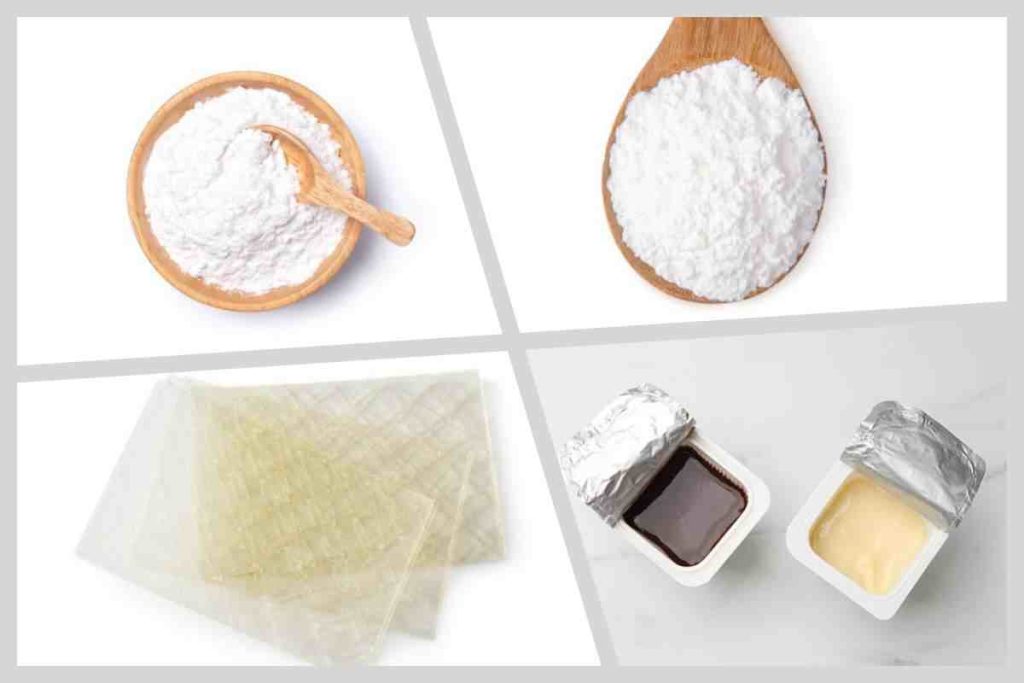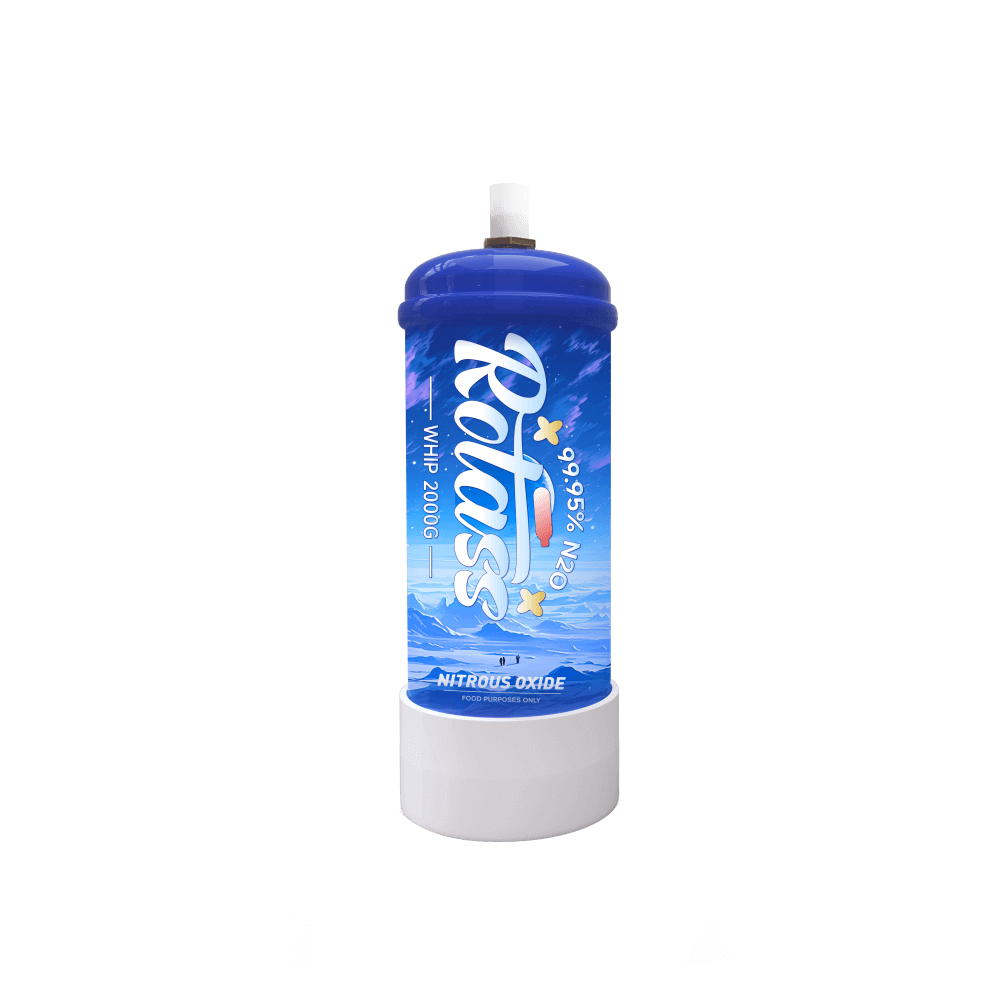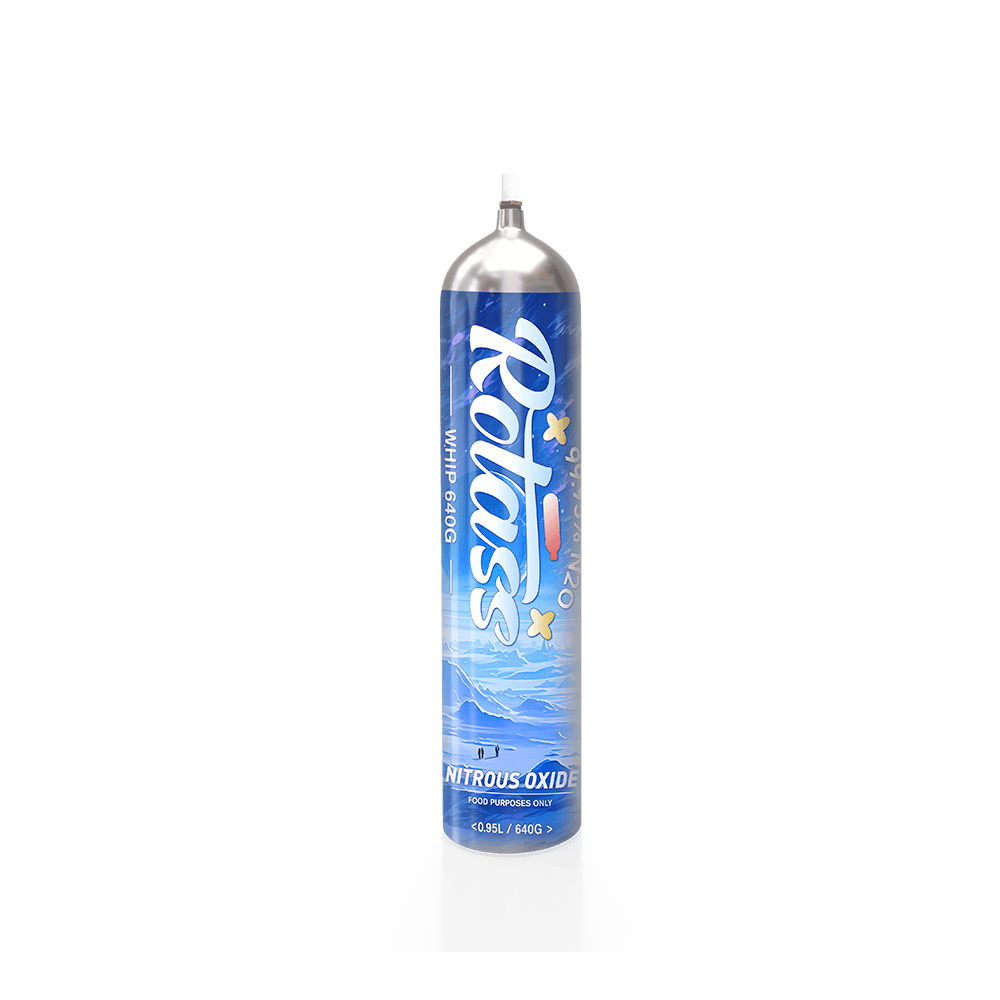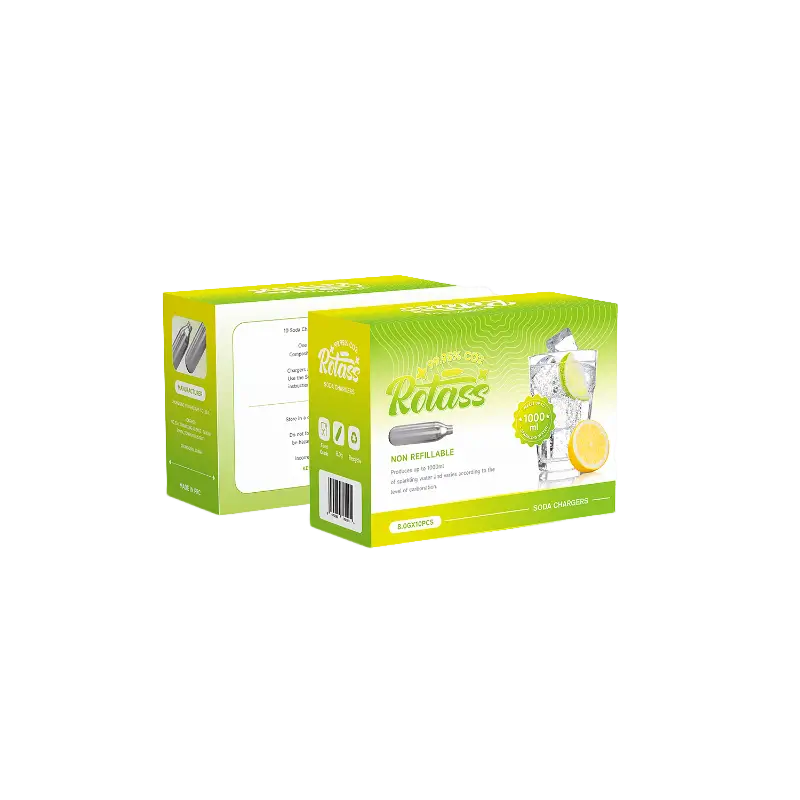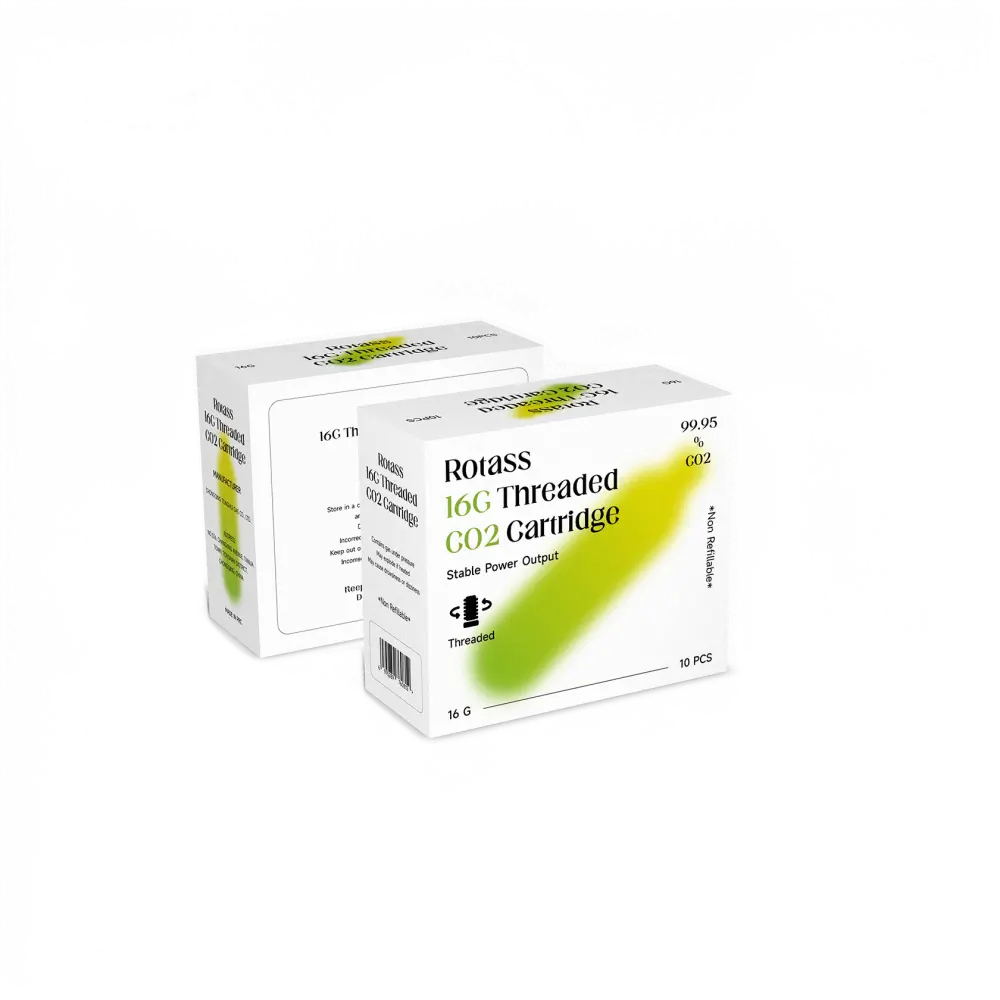2025 / 08 / 28
Can You Use CO2 To Make Whipped Cream?
When making whipped cream at home, many people use air compressors and cream foaming machines. The common practice in the market is to use N₂O (nitrous oxide) cylinder, but some people find that they only have CO₂ (carbon dioxide) at hand, and thus have a question: Can CO₂ be directly used to whip cream? If possible, would the taste and effect be the same?
Why would someone considering using CO₂?
This problem is actually very common. CO₂ cylinders are commonly found in soda water machines and beer machines. They are readily available and often cheaper than N₂O. For some users, since there is already CO₂ at home, of course they would hope to “use one item for multiple purposes” to avoid the cost of purchasing it separately. So they tried to whip the cream with CO₂, which seemed like a logical idea, but in fact, it was not.
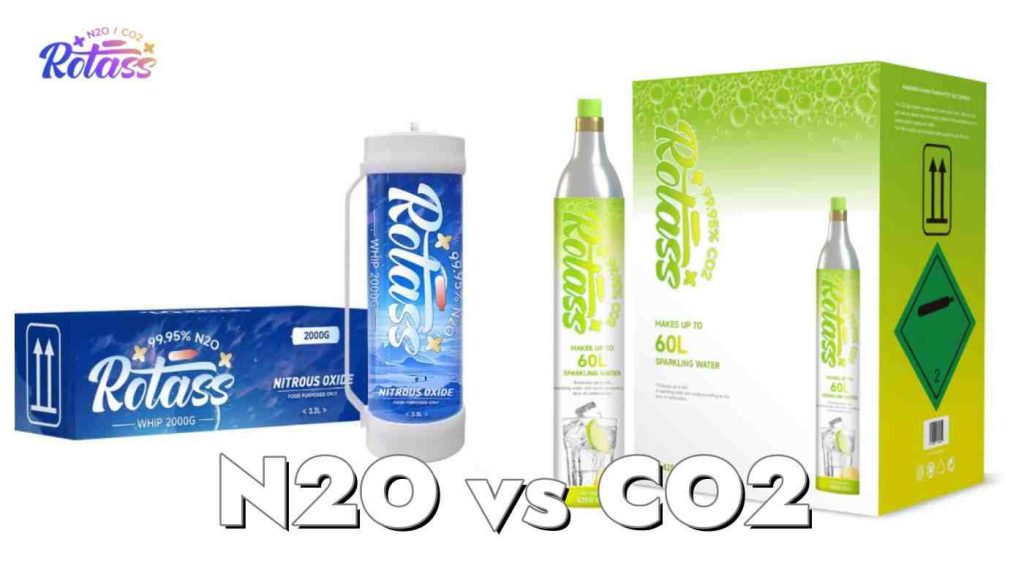
The Difference Between CO₂ And N₂O
To answer whether CO₂ is suitable for whipping cream, it is first necessary to understand the essential differences between these two gases.
Solubility property
CO₂ readily dissolves in liquids to form carbonic acid. This chemical reaction will cause the liquid to develop a distinct sour taste and a bubble-like sensation, and these characteristics are very unfavorable during the whipping process of cream. In contrast, N₂O does not undergo a chemical reaction with cream. It merely injects air into the cream through pressure to form a stable foam structure. The cream whipped in this way will neither change its original flavor nor produce unnecessary bubbles.
Taste and usage scenarios
CO₂ whipped cream can easily bring about a sour taste and a rough, bubbly texture, which is far from the smooth and dense texture required for desserts. N₂O is specifically used for whipping cream. It can keep the cream smooth, soft and elastic. Whether used for cake decoration or coffee latte art, N₂O whipped cream can achieve the desired effect.
Usage habits
Almost all the whipped cream whippers and air bombs available on the market use N₂O instead of CO₂. This is also the standard practice for professional bakeries and coffee shops. The application of CO₂ is mainly concentrated in carbonated beverages or sparkling water, and it is not suitable for whipping dairy products.
From the above comparison, it can be seen that in terms of gas characteristics and final taste, N₂O is significantly superior to CO₂, which also explains why CO₂ is not used in professional production.
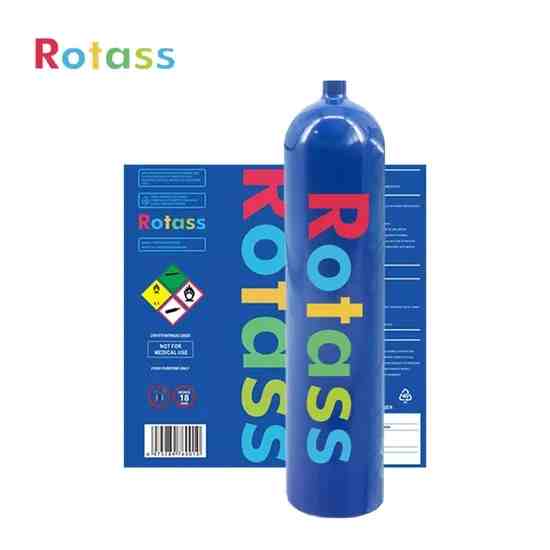
What Will Happen If CO₂ Is Used?
Although CO₂ can theoretically cause liquids to foam, in practical operation, the effect is often far from expectations. When whipping cream with CO₂, several obvious problems will be encountered:
The problem of sourness
When CO₂ dissolves in cream, it generates carbonic acid, giving the cream an acidic taste. This sourness will conflict with the sweetness of the dessert and the natural aroma of the cream, resulting in an unsatisfactory taste of the finished product.
The foam is unstable
The whipped cream foam is not stable enough and is prone to collapse. This means that whether it is for cake decoration or laying cream on the top layer of desserts, the cream cannot maintain an ideal appearance, ultimately affecting the overall effect.
Rough texture
The cream whipped with CO₂ has large bubbles, a rough texture and lacks smoothness. In contrast, N₂O whipped cream is dense, soft and melts in the mouth, while CO₂ whipped cream is more like the bubble layer on carbonated beverages and fails to achieve the texture required for dessert making.
For users, this means that even if they invest time and raw materials, the results obtained are still not satisfactory. Sourness, sagging and rough texture can be disappointing and also waste production costs.
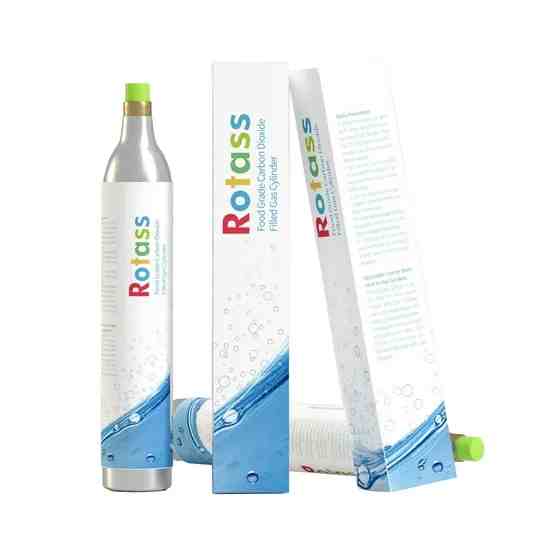
Why Is N₂O The Right Choice?
Compared with CO₂, N₂O has obvious advantages in whipping cream:
Stability
N₂O whipping cream does not produce an acidic taste, nor does it damage the structure of the cream. It can form stable foam and maintain the fluffiness and smoothness of the cream.
Safety
Food-grade N₂O is widely used in bakeries and coffee shops. It has been strictly tested and is safe and reliable to use.
Efficiency and effect
N₂O whipped cream is fast and efficient, forming ideal foam in just a few seconds. It is not easy to defoam, has a smooth and creamy texture, and a neat and beautiful appearance. It is very suitable for both home and professional production.
Therefore, if you want to replicate the effect of a professional coffee shop or bakery at home, using a food-grade N₂O whipper is the most reliable method.

Are There Any Alternative Methods?
Although N₂O is the best choice, not every household has a whisker or air bomb. For users without N₂O, there are also some feasible solutions:
Manual or electric egg beater
You can also whip cream with an egg beater, but it requires more patience and skill. The whipping speed is relatively slow, but it can still form stable foam, making it suitable for making small amounts of desserts.
Vegetable cream powder or instant cream
This type of product can be quickly made into a creamy consistency, but its taste and healthiness are slightly inferior to those of whipped cream. They can serve as temporary alternatives, but they cannot fully replicate the effect of professional whipping.
Although these alternative methods are not as efficient as N₂O, they can still meet the production needs in home conditions, allowing you to complete dessert decoration without cylinders.
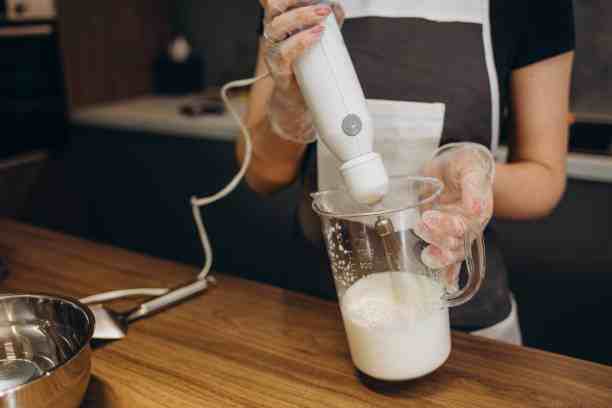
Final Words
Let’s back to the initial question: Can I Use CO2 To Make Whipped Cream?
The answer is: No.
Although CO₂ can also produce foam, it brings a sour taste and an unstable structure, which cannot meet the texture and taste requirements of cream for desserts.
The correct choice is always N₂O, which can produce a dense, smooth and aesthetically pleasing whipped cream. For users who wish to experience professional effects at home, a food-grade N₂O whipper is the most reliable tool. If there is no air bomb for the time being, it can also be achieved through manual or electric whipping, but CO₂ is not a feasible solution.




